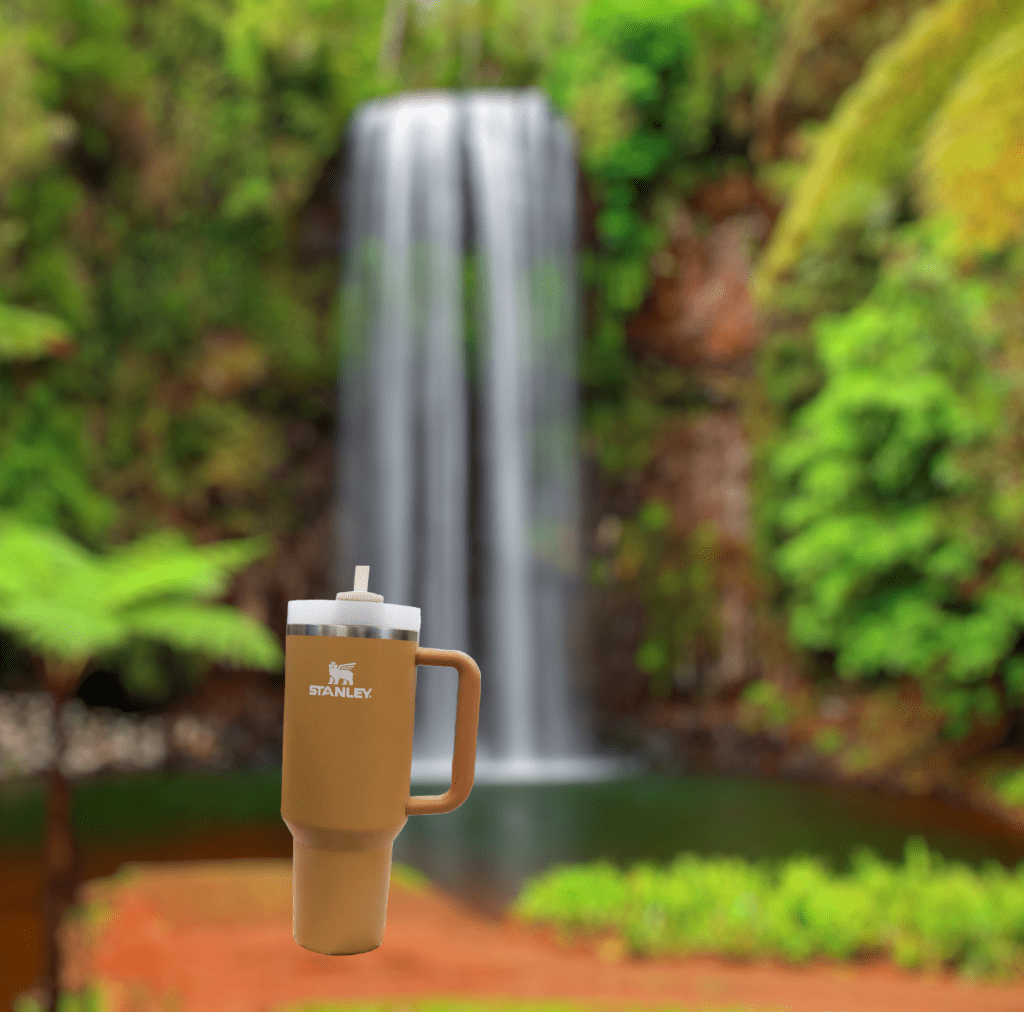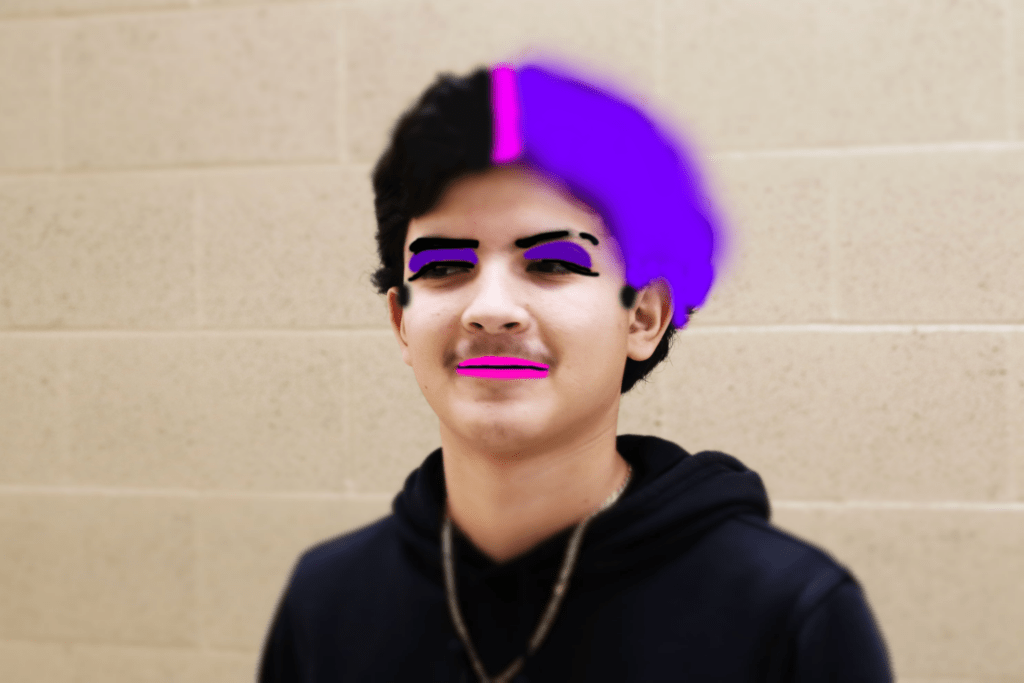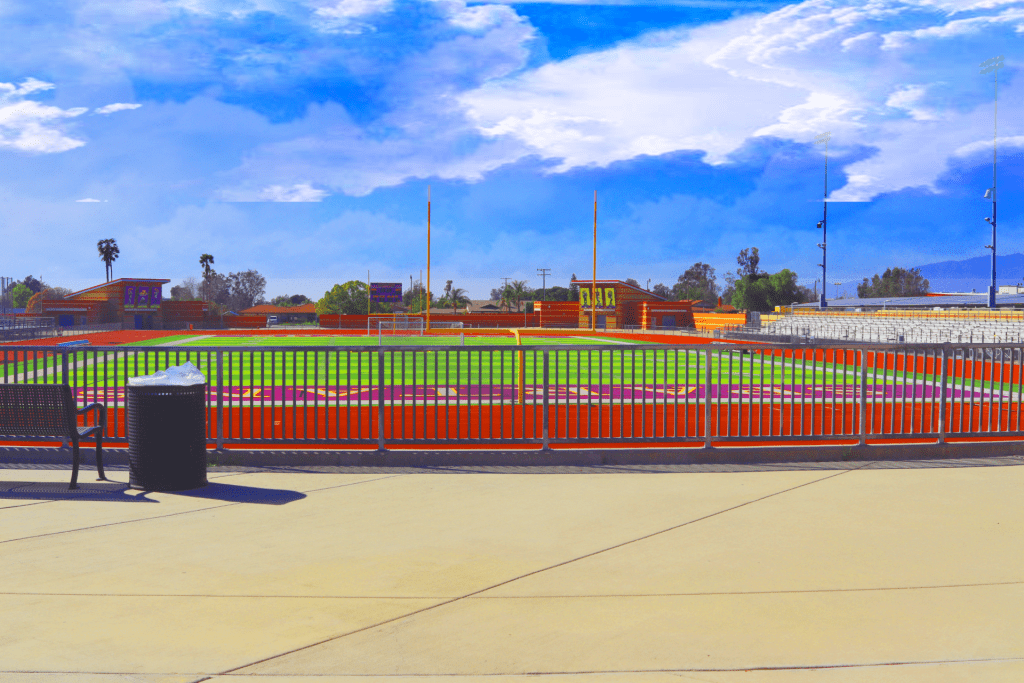White balance Read + Write
- Sunny: This works for mid-morning and also midafternoon
- Shade: shade works with a heavier shade
- Cloudy: Cloudy works for outdoor scenes with an overcast for light
- Flash: this works with a more standard off speed- light
- Incandescent: This setting works more for the indoor scenes
- Florescent: This setting works better for indoor scenes lit by bulbs
Silhouehe stories
close up portraits
File formats
JPEG Lossy compression, good for photos, small file size, widely compatible.
HEIF Lossy compression, more efficient than JPEG, better quality at smaller file sizes, becoming more common (e.g., iPhones).
TIFF Lossless compression (or uncompressed), high quality, large file size, used for archiving and professional printing.
*RAW Minimal processing contains all data captured by the camera sensor, large file size, requires processing, maximum editing flexibility.
DNG Adobe’s open-source RAW format aims for standardization, similar benefits to other RAW formats
PNG Lossless compression, good for graphics, transparency support, larger file size than JPEG for photos.
GIF Lossless compression, limited color palette (256 colors), supports animation, small file size, good for simple graphics and animations.
BMP Uncompressed, large file size, simple format, rarely used.
PSD Adobe Photoshop’s native format supports layers and editing features, large file size, requires Photoshop to open fully.
ionic imagine
advertising
Portraits with makeup
Mirror image
HDR landscape










